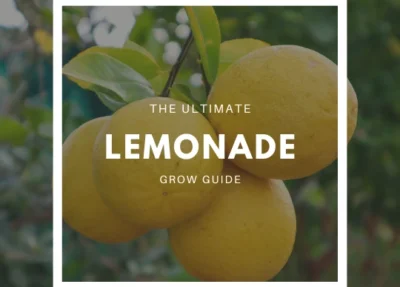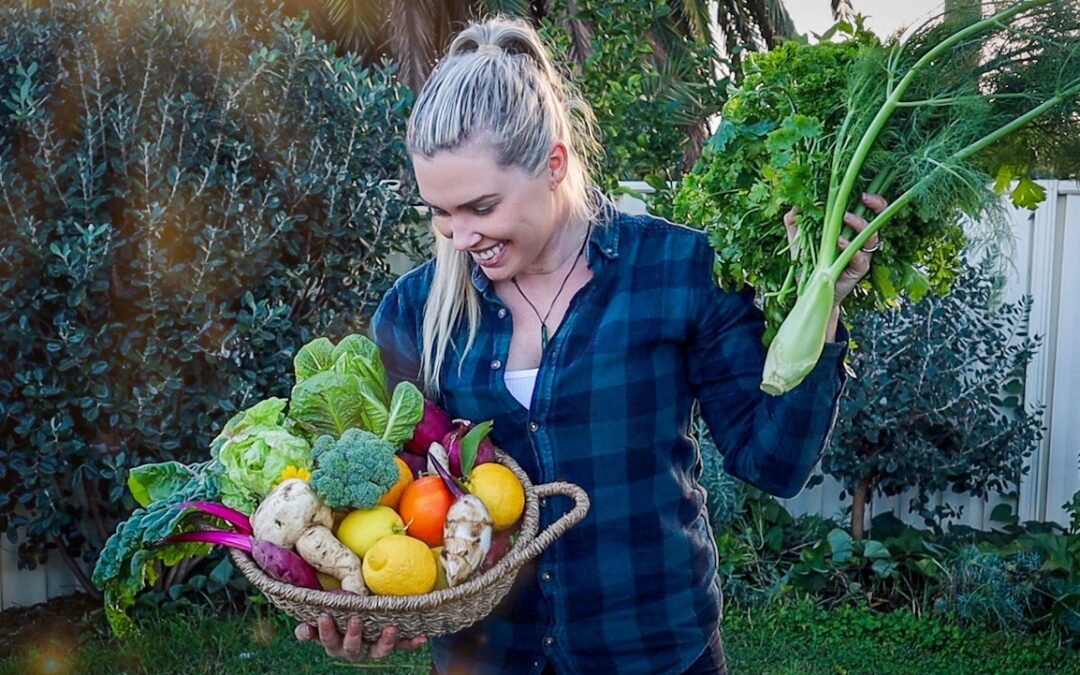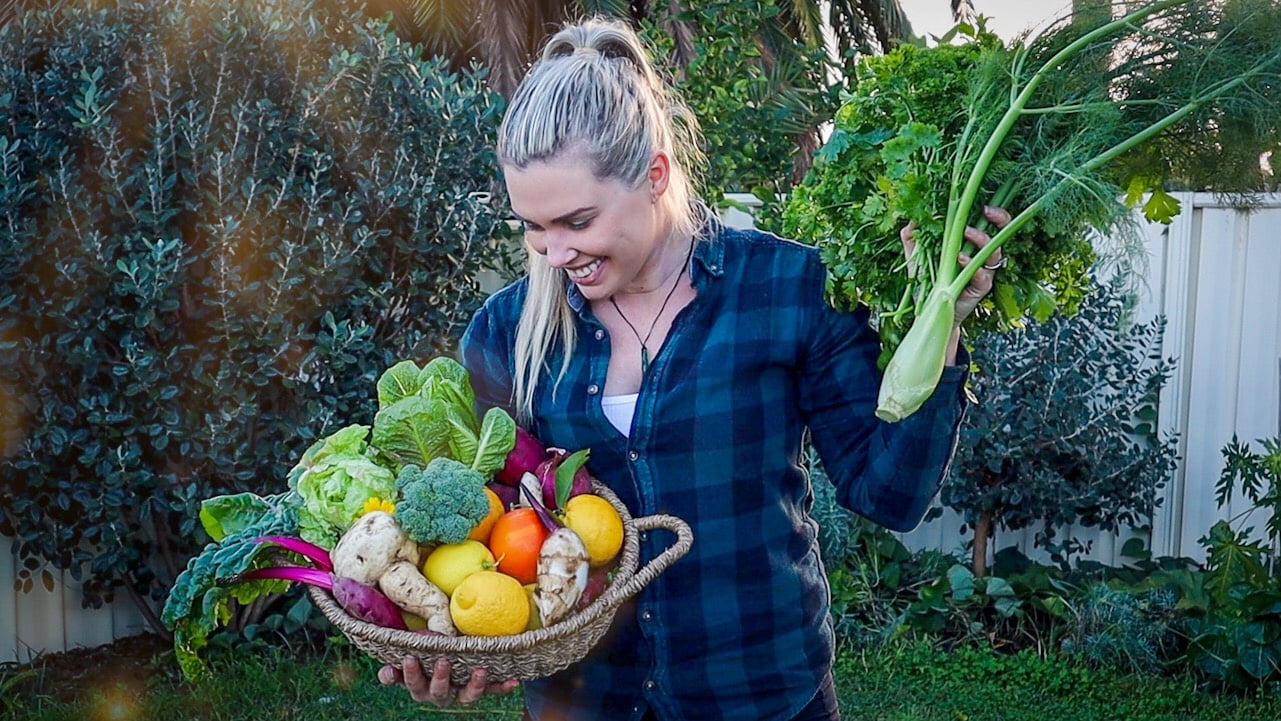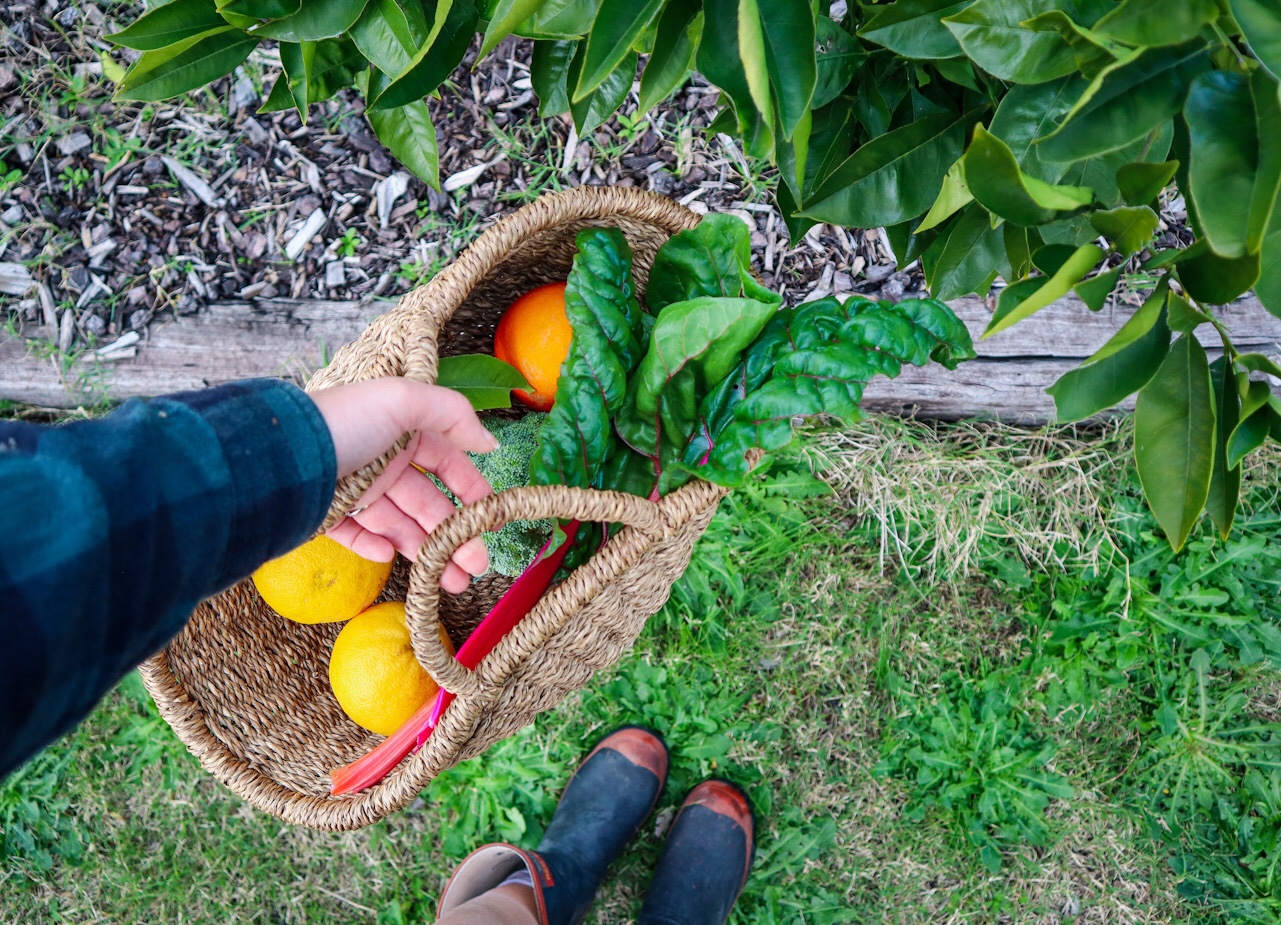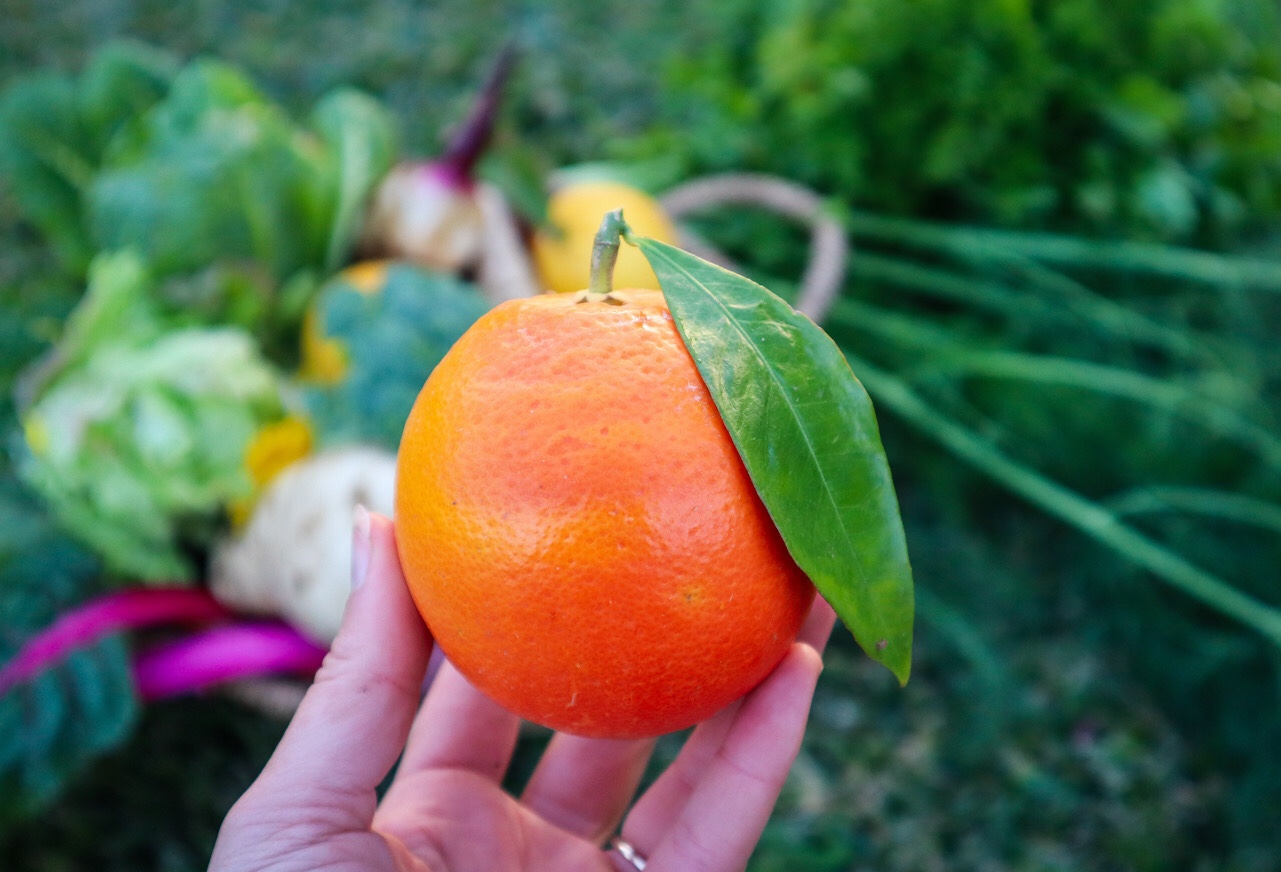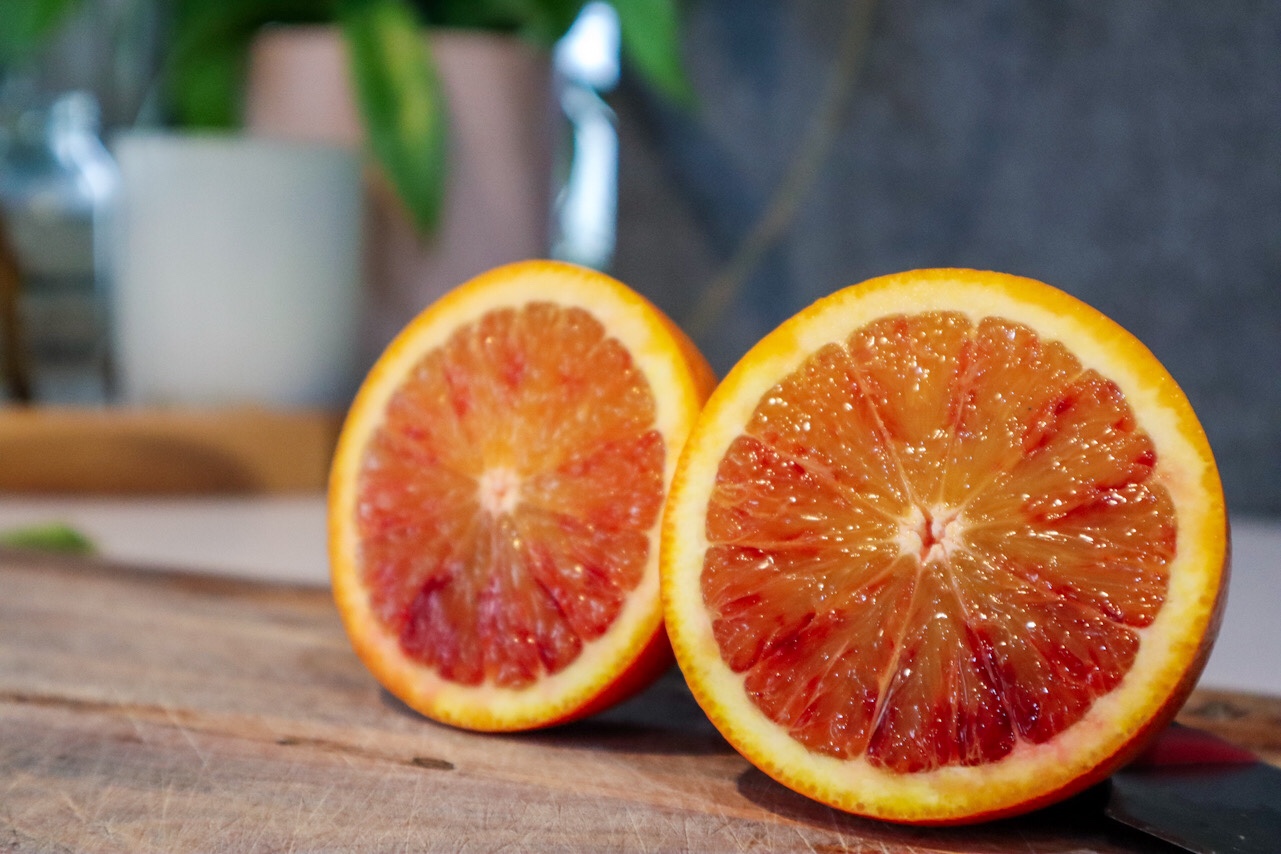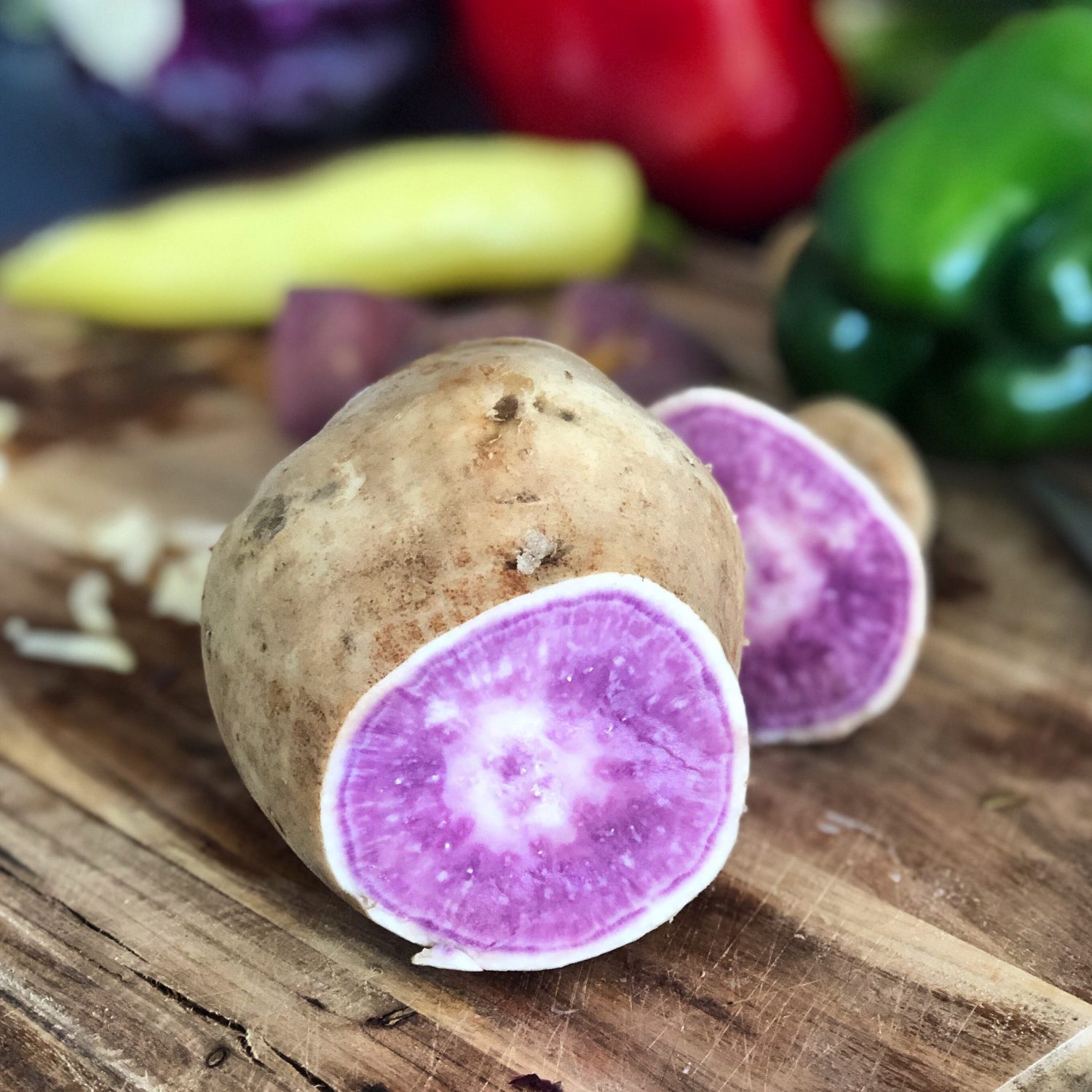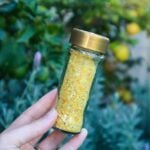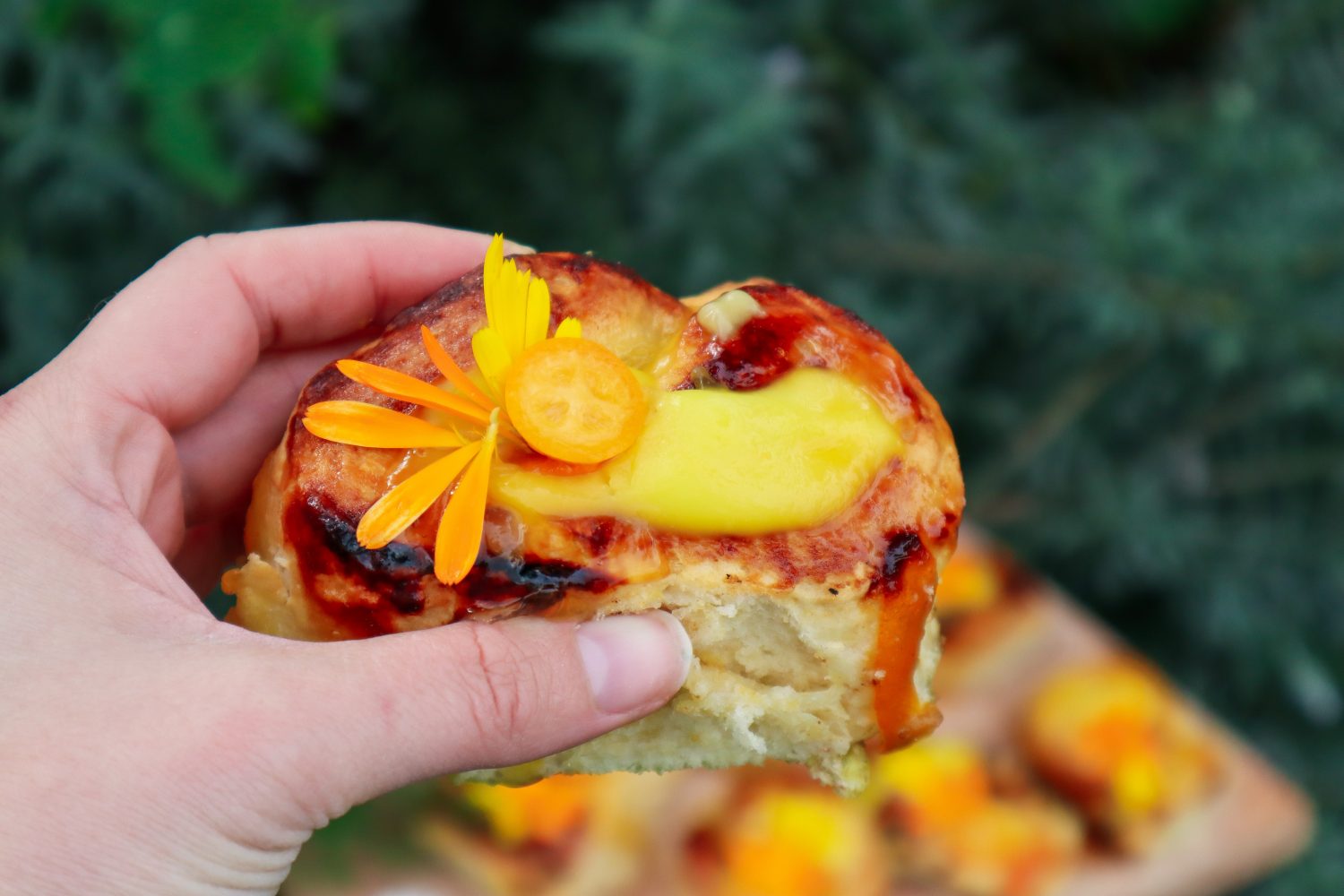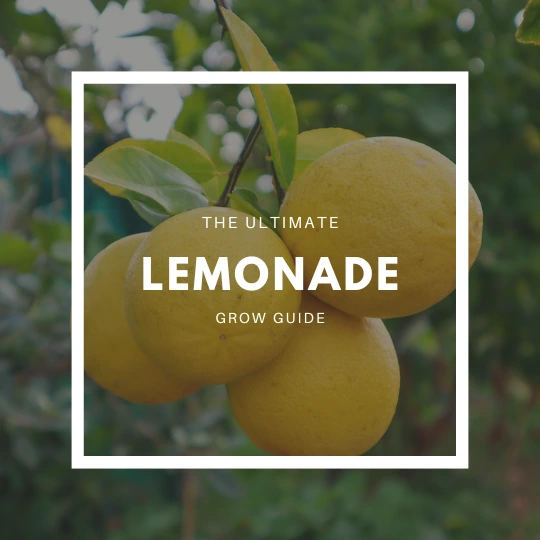
How to Grow a Lemonade Tree – The Ultimate Garden-to-Plate Guide
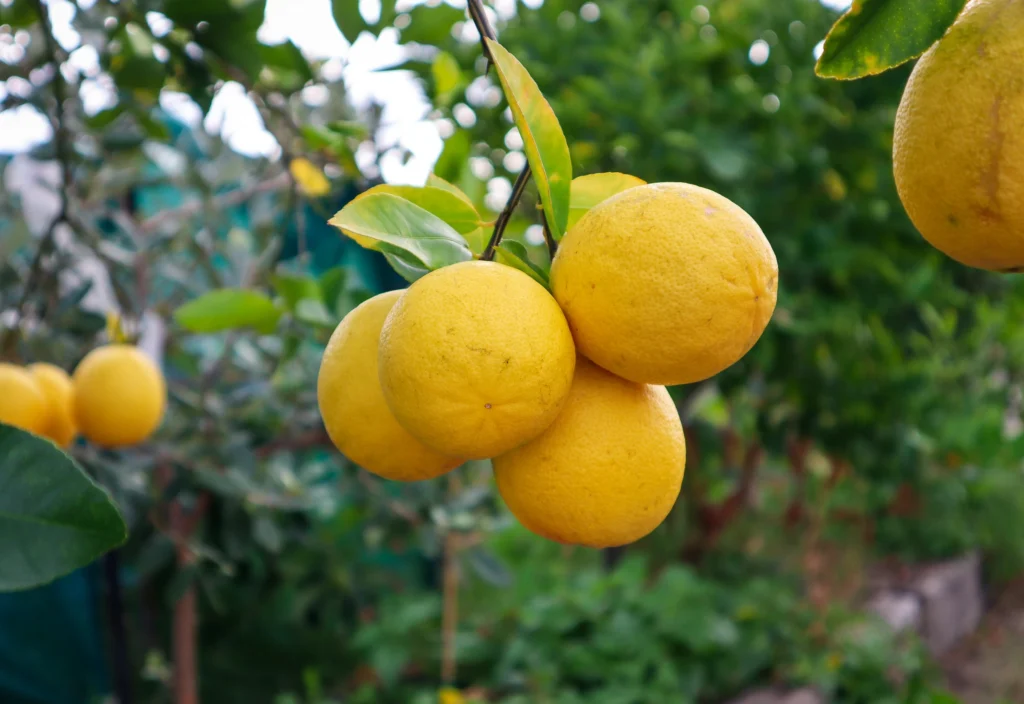
How to Grow a Lemonade Tree
Learn how to grow a Lemonade Tree (Citrus limon x reticulata) at home, from planting to harvest, and how to use its delicious fruit in drinks, desserts, and garden-fresh recipes. The Lemonade Tree is one of my favourite citrus trees, especially because it’s so productive! You can eat the fruit fresh off the tree, just like an orange, but with lemon flavour!
The lemonade tree was discovered in New Zealand from a chance seedling. Many backyards have Lemonade Trees growing, and it was a staple fruit in my lunch growing up in NZ. I now have a Lemonade Tree in my Perth gardens, and it is loaded with fruit each year. It’s honestly one of the most refreshing, productive citrus trees you can grow. The fruit is naturally sweet and low in acid, like lemonade straight from the tree! It’s perfect for eating fresh, juicing, or turning into easy garden-to-table treats.
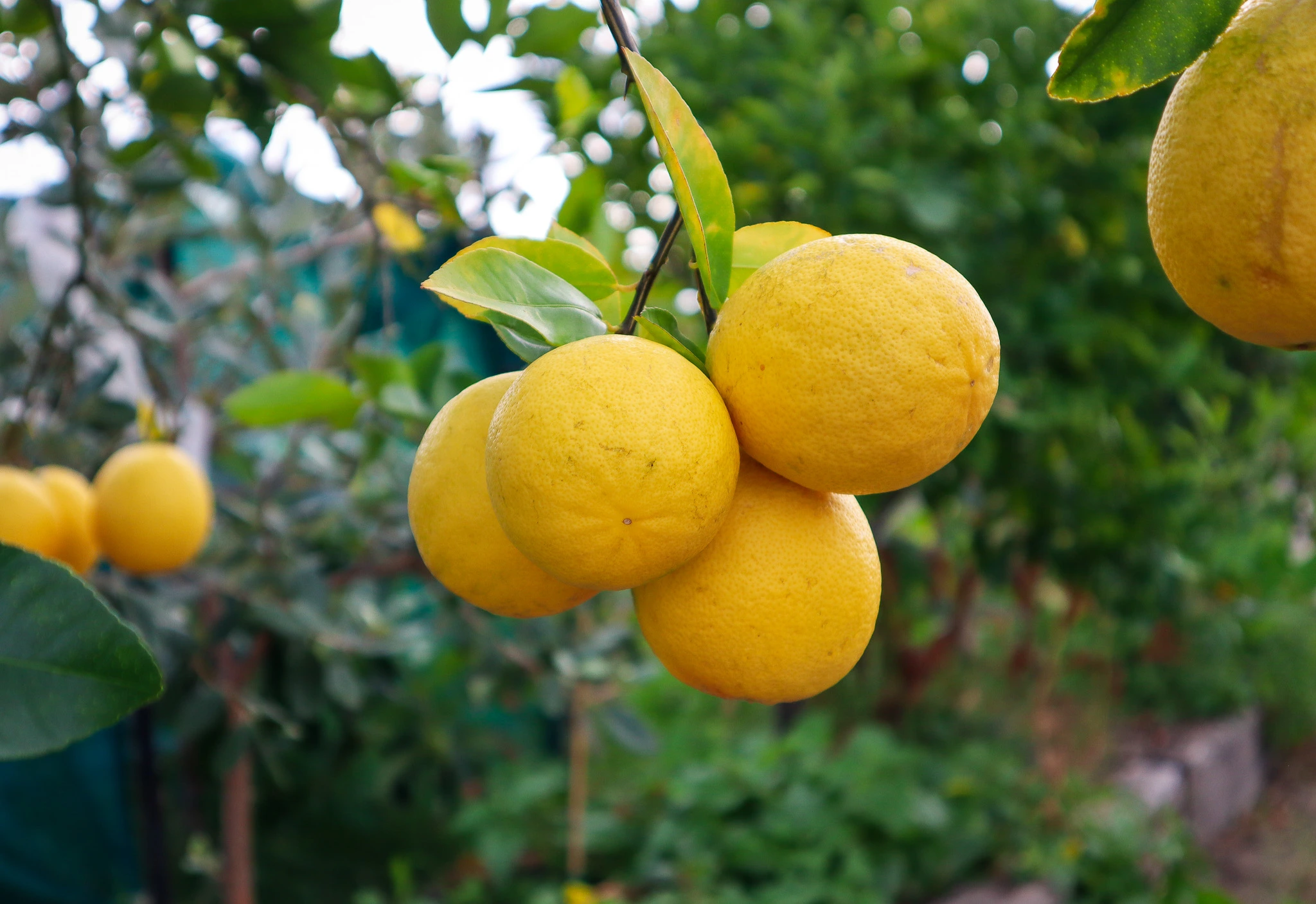
What parts of Lemonade are edible?
Flesh – Edible
Mild, sweet-tart flavour with low acidity—can be eaten fresh, just like a mandarin or orange. Great for juicing, making cordial, using in desserts, or adding to savoury dishes. Unlike regular lemons, you often don’t need to add sugar!
Juice – Edible
Naturally sweet juice makes a refreshing lemonade-style drink with no sugar needed.
Zest (Outer Peel) – Edible
The peel (zest) is full of citrus oils and adds bright flavour to:
- Cakes and cookies
- Dressings and sauces
- Herbal teas or syrups
Rind (Including Pith) – Edible when Cooked
Can be used to make candied citrus peel, marmalade, or citrus-infused vinegar. Thicker rinds can also be oven-roasted with herbs or added to preserved lemon recipes.
What is a Lemonade Tree?
The Lemonade Tree is a hybrid between a lemon and a mandarin, resulting in a fruit that looks like a lemon but is mild, sweet, and low-acid. It can be eaten fresh like an orange, juiced into a zingy lemonade-style drink, or used in desserts without that sharp citrus bite.
Quick Tips on How to Grow Lemonade at Home

Why Grow Your Own Lemonade?
Here are some of the many reasons to grow Lemonade.
- Naturally sweet fruit – no sugar needed!
- One ingredient Lemonade!
- Great fresh eating
- Low-acid – gentle on the stomach and kid-approved
- Perfect for small spaces or large pots
- Highly productive from an early age
- Great pollinator and companion tree for citrus guilds
- Versatile in the kitchen – from juice to marmalade, even baking
Temperature & Climate Conditions
Lemonade Trees grow best in subtropical to warm temperate zones, but they’re more cold-hardy than many tropical fruits. With the right care, they can thrive in most areas of Australia:
- Ideal temperatures: 15–30°C
- Can tolerate down to: -2°C (brief frost OK with protection)
- Best zones: 2–4 (Subtropical to Warm Temperate)
- Plant in a sunny, sheltered location, preferably near thermal mass (like a wall or paved area) to keep roots warm in winter.
In colder regions: grow in large pots and move to a sunny porch or greenhouse in winter.
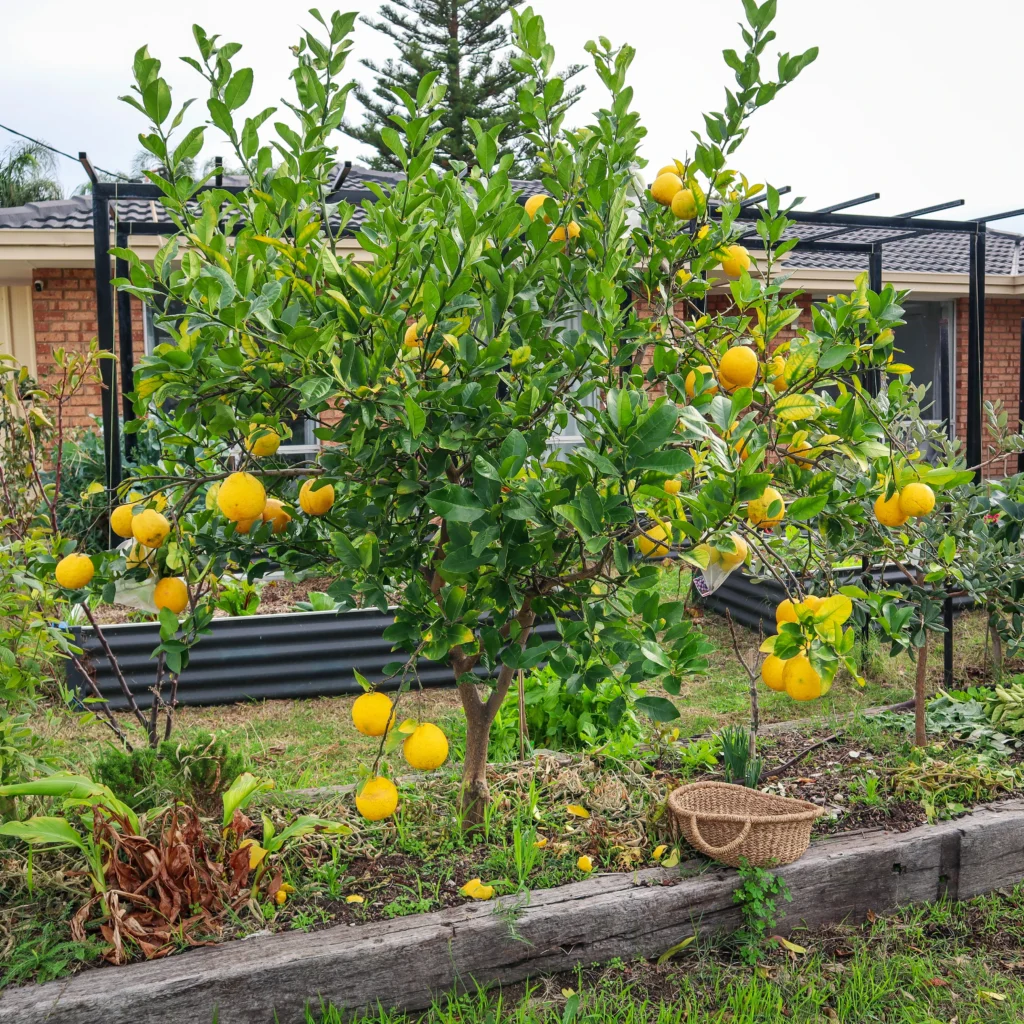
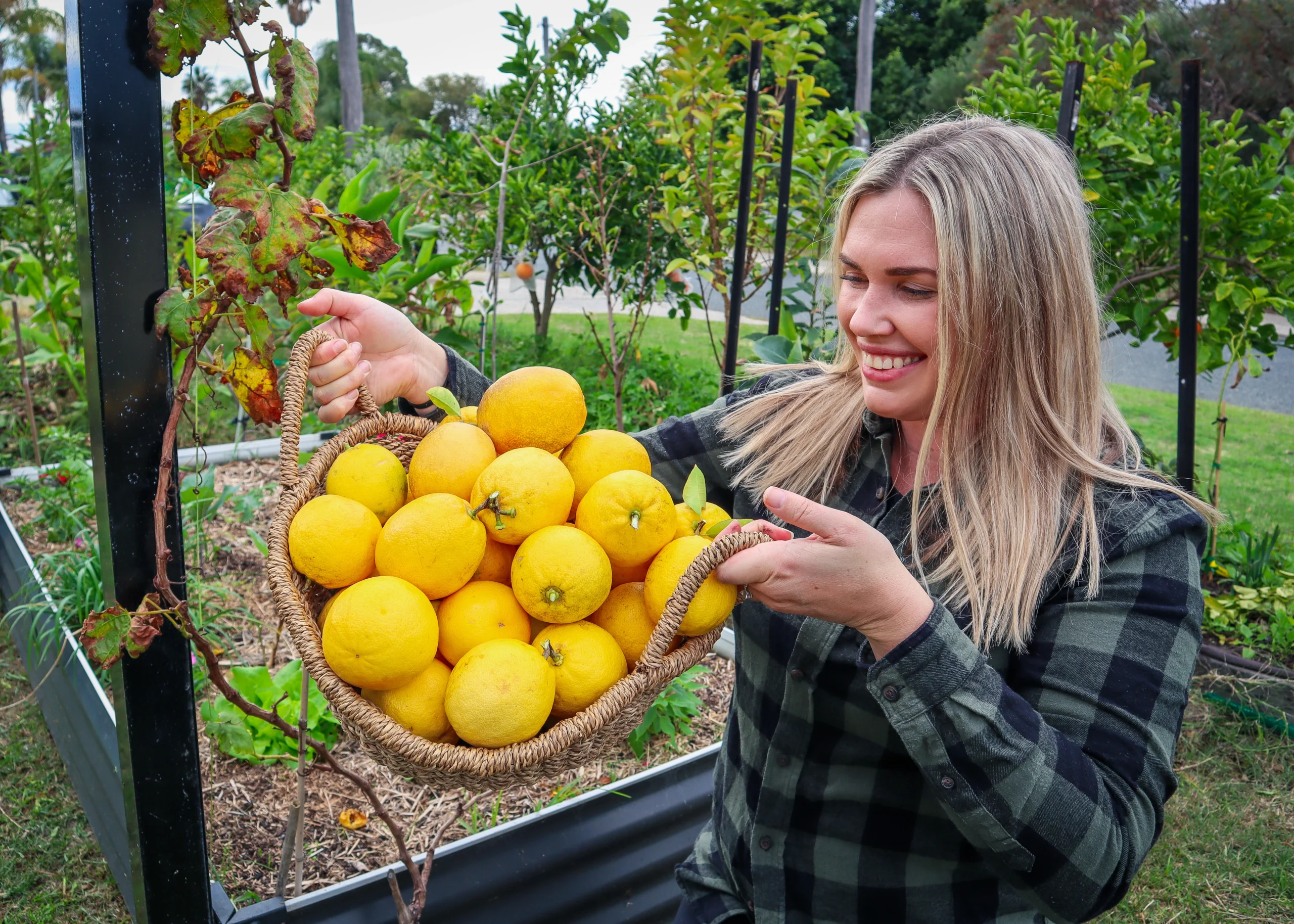
TOP TIPS TO GROW LEMONADE
- Choose a warm sunny location
- Prepare the soil with plenty of compost
- Free draining is key!
- Choose a sunny spot with great drainage
- Protect from frost in the first 1–2 years
- Mulch thickly but keep away from the trunk
- Feed regularly and deep water in dry months
- Remove gall wasp galls before spring
- Net for fruit fly
- Keep weed-free and well-mulched
Growing Lemonades in Pots or Small Spaces
Great for renters, balconies, or frost-prone areas (can be moved to shelter). Plant in their final position early to minimise root disturbance. Use a large pot (at least 50L) with premium potting mix + added compost. Ensure good drainage. Feed more often, as potted citrus use up nutrients faster.
How to Care for Lemonade Trees
Care/ Maintenance
Lemonade trees are heavy feeders due to the amount of fruit they produce! Add plenty of compost and mulch often to keep them well fed. Always ensure the mulch is pulled away from the trunk. Keep an eye on suckers and remove any growth from below the graft line. Add frost cloth during sudden cold snaps. Place young trees near north-facing walls or thermal mass.
When to Feed Lemonade Trees
Citrus trees are hungry feeders, especially during their active growing and fruiting seasons. Feed them three times a year, timed with key growth phases:
1. Early Spring (August–September)
- Just as new growth starts and flowering begins
- Encourages healthy leaves, blossoms, and strong fruit set
2. Early Summer (November–December)
- Helps fuel fruit development and maintain strong leaf growth
- Important for trees already holding fruit
3. Late Summer / Early Autumn (February–March)
- Boosts energy before fruit harvest and supports next season’s buds
- Prepares the tree to handle cooler months with stronger roots and reserves
Bonus Feeding Tips:
- Avoid feeding in winter when growth slows, especially in cooler areas.
- Use organic citrus fertiliser, compost, worm juice, or seaweed tonic.
- Apply after watering, then water again to avoid burning roots.
- Mulch well, but keep it away from the trunk
Watering
Citrus trees like the Lemonade Tree need consistent watering, but they don’t like soggy feet! The key is to keep the soil evenly moist, not wet, not bone dry. Excess watering or inconsistent watering near ripening can cause fruit to split.
How Often to Water:
- Young trees: Water 2–3 times per week, depending on weather
- Established trees (in-ground): Deep water once a week in mild weather, 2–3 times a week in summer or heatwaves
- Potted trees: Water more frequently—every 1–2 days in summer, but always check the soil first
Best Watering Tips:
- Water early morning or late afternoon to reduce evaporation
- Deep soak to encourage strong, deep roots
- Avoid shallow, daily watering—it creates weak surface roots
- Mulch thickly (with compost, straw, or bark) to keep moisture in, but keep mulch clear of the trunk
Signs of Over or Underwatering:
- Yellow, curling leaves: Could be either! Check if the soil is too wet or too dry.
- Dry, crispy leaves or fruit drop: Not enough water
- Drooping, dark green leaves or root rot: Too much water or poor drainage
Pro Tip: Use your finger! Stick it about 5 cm into the soil—if it feels dry, it’s time to water.
When to Harvest Lemonades
Lemonade trees are early-season producers. They can start to ripen in late Autumn to early winter. Pick when fully yellow. Fruit doesn’t ripen much off the tree, so taste test before harvesting large batches. Or slightly green for more tartness and flavour. Lemonades can lose some flavour when over-ripe.
Pruning & Care Tips
- Prune after fruiting to maintain shape and airflow.
- Remove any inward-facing or crossing branches
- Cut off any suckers or growth below the graft
- Keep well-mulched and weed-free at the base
Pests / Disease
Slugs, slaters, and snails can also be damaging to young plants. Watch for fruit fly, root rot (in soggy soil), and mealybugs. Net fruit if needed. Birds, rats and fruit bats will also enjoy your fruit.
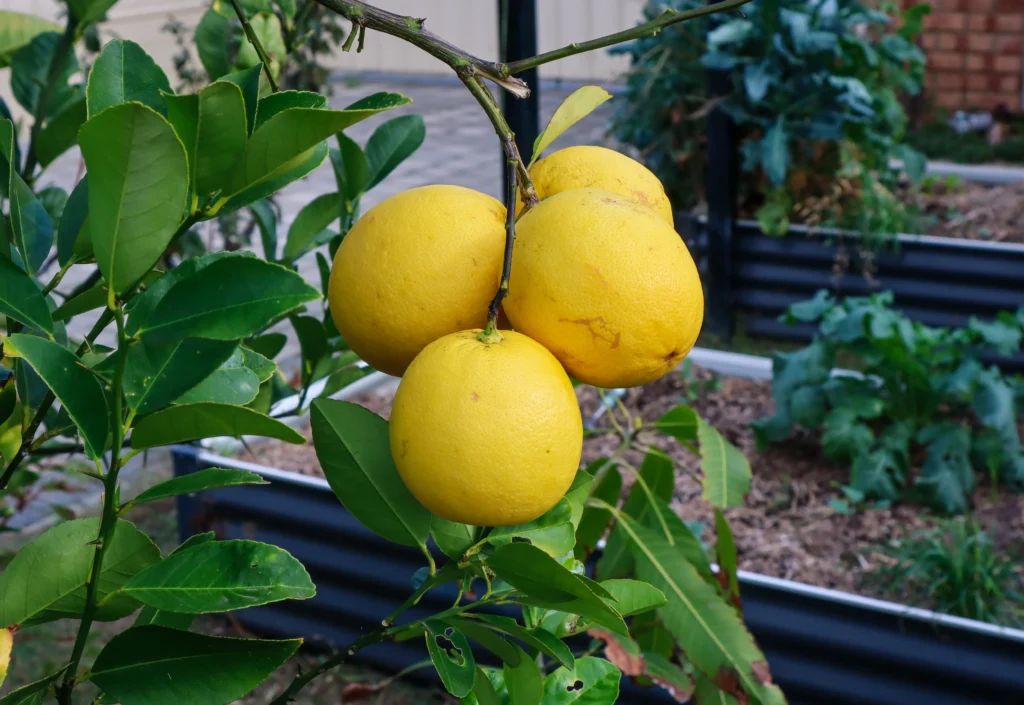

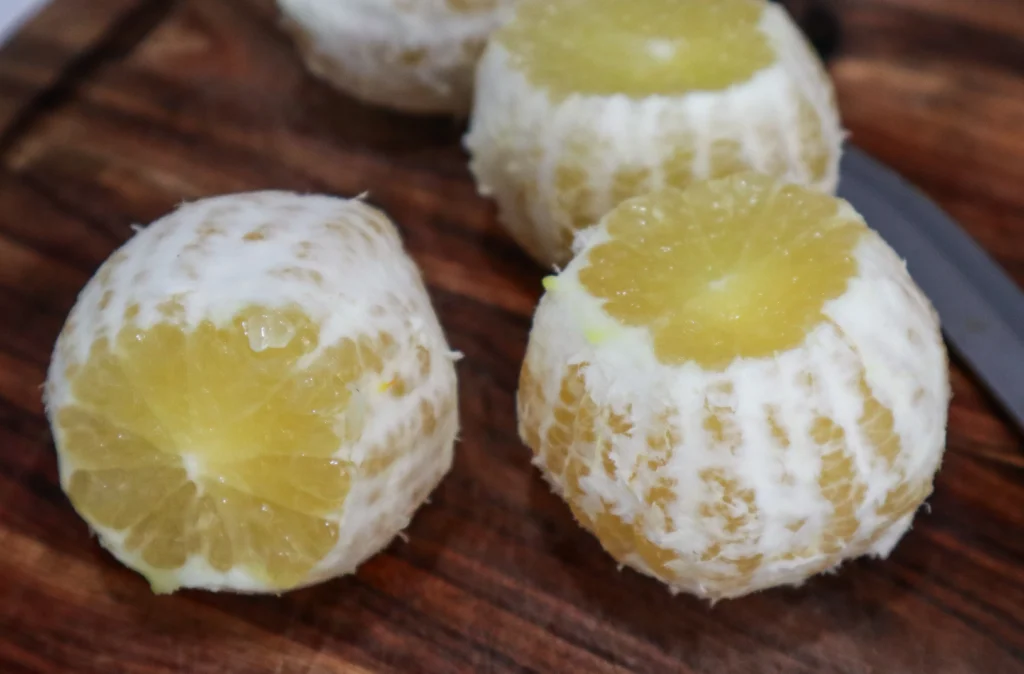
Cooking and Using Lemonades
Lemonades are great because you can enjoy them straight off the tree! However, once your tree gets bigger, you will have an abundance! It can be too much to eat fresh, even after giving some away. Below are some ideas to use and preserve your Lemonade harvests.
Lemonade pairs well with: strawberry, lemon, mint, mango, kiwifruit, lime, mint, ginger, lemon balm, chamomile
Lemonade harvest ideas:
- Iceblocks
- Juice
- Cakes and slices
- Jam/marmalade
- Sorbet
Preserving Your Lemonade Harvest
- Dehydrate slices for teas, cocktails, or cake decoration
- Freeze juice
- Preserve in Jams, Marmalade or Chutney
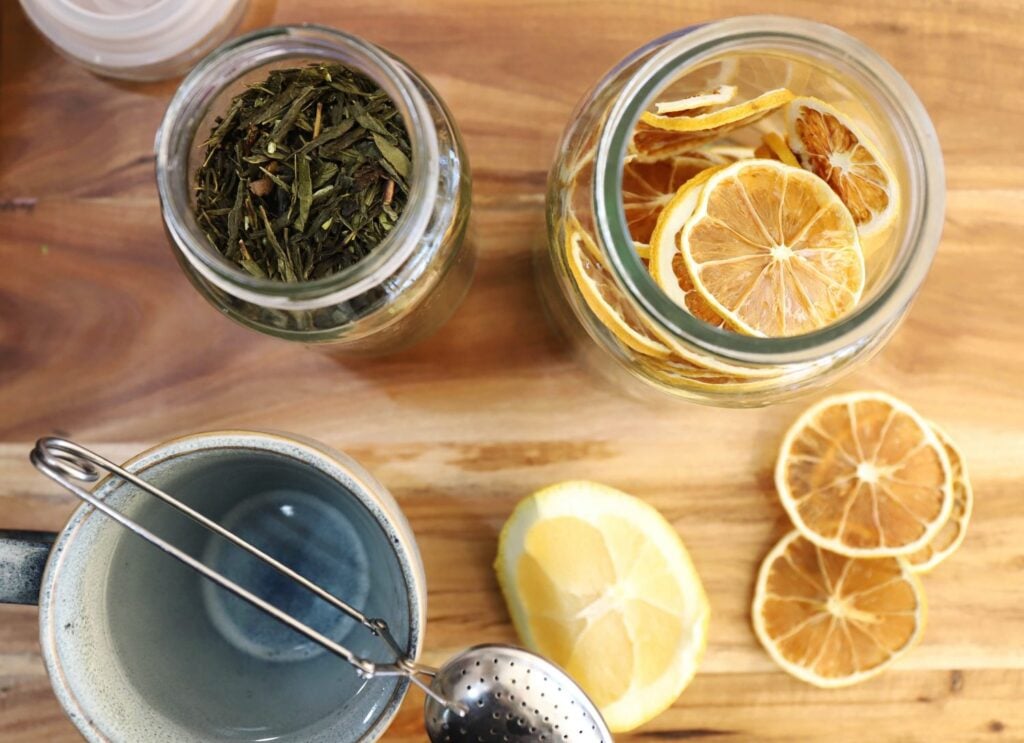

Watch for more tips on growing a lemonade tree

Lemonade FAQs
- Do lemonade trees have thorns? Yes, most do have thorns.
- Are Lemonades a hybrid fruit? Yes, they are a cross between a lemon and a Mandarin
- Are Lemonades sweeter than Meyer lemons? Yes, and even less acidic
- Do they grow true from seed? Very Unlikely. This is a hybrid cross, and can be cross-pollinated again, so seedlings will be surprising results.
- How long until they fruit? Grafted fruit trees will likely try to fruit in year 1. Due to the size of the tree it can be better to remove the fruit until year 2-3.
- Where did Lemonade trees come from? Thought to have originated from New Zealand in the early 1980s from a chance hybrid seedling.








